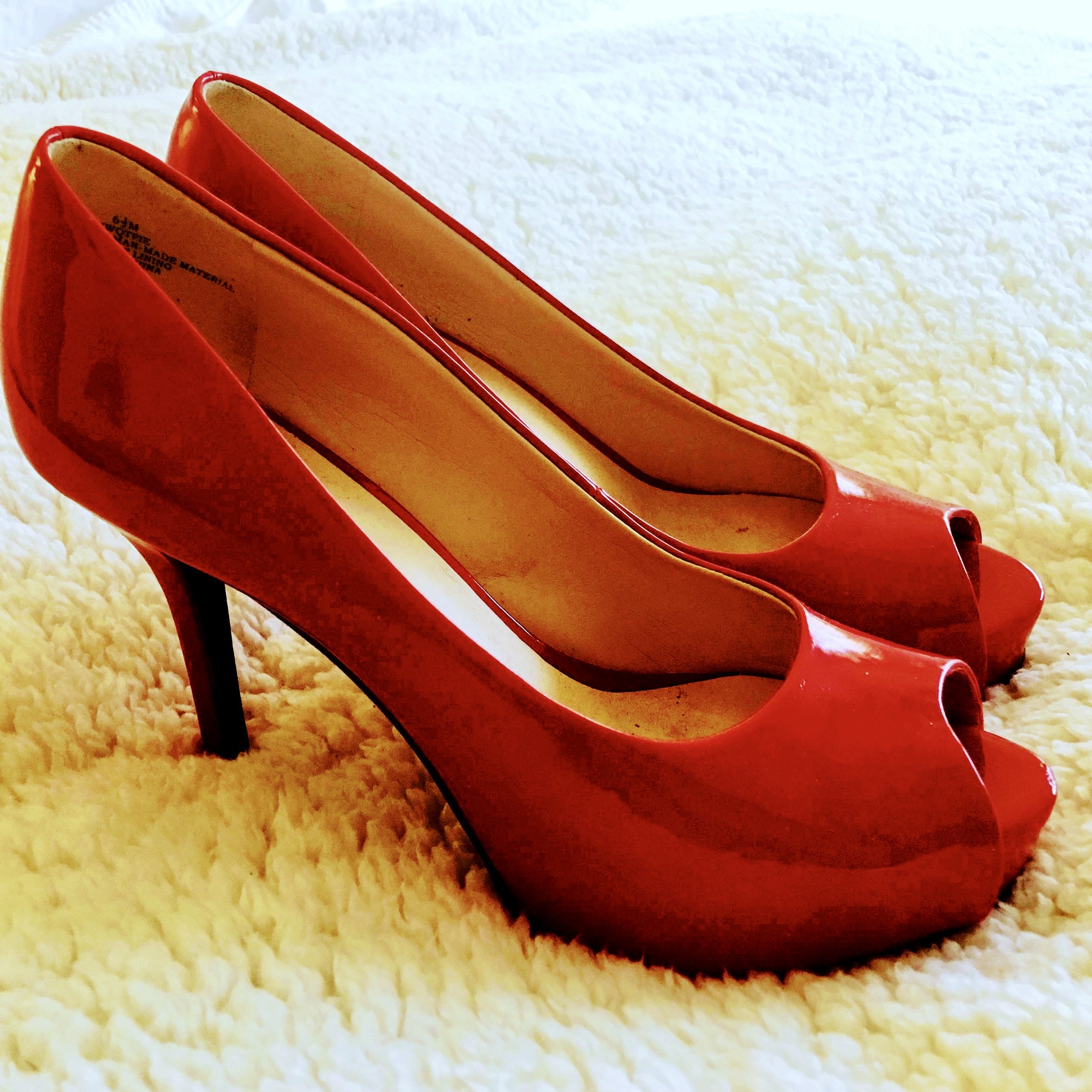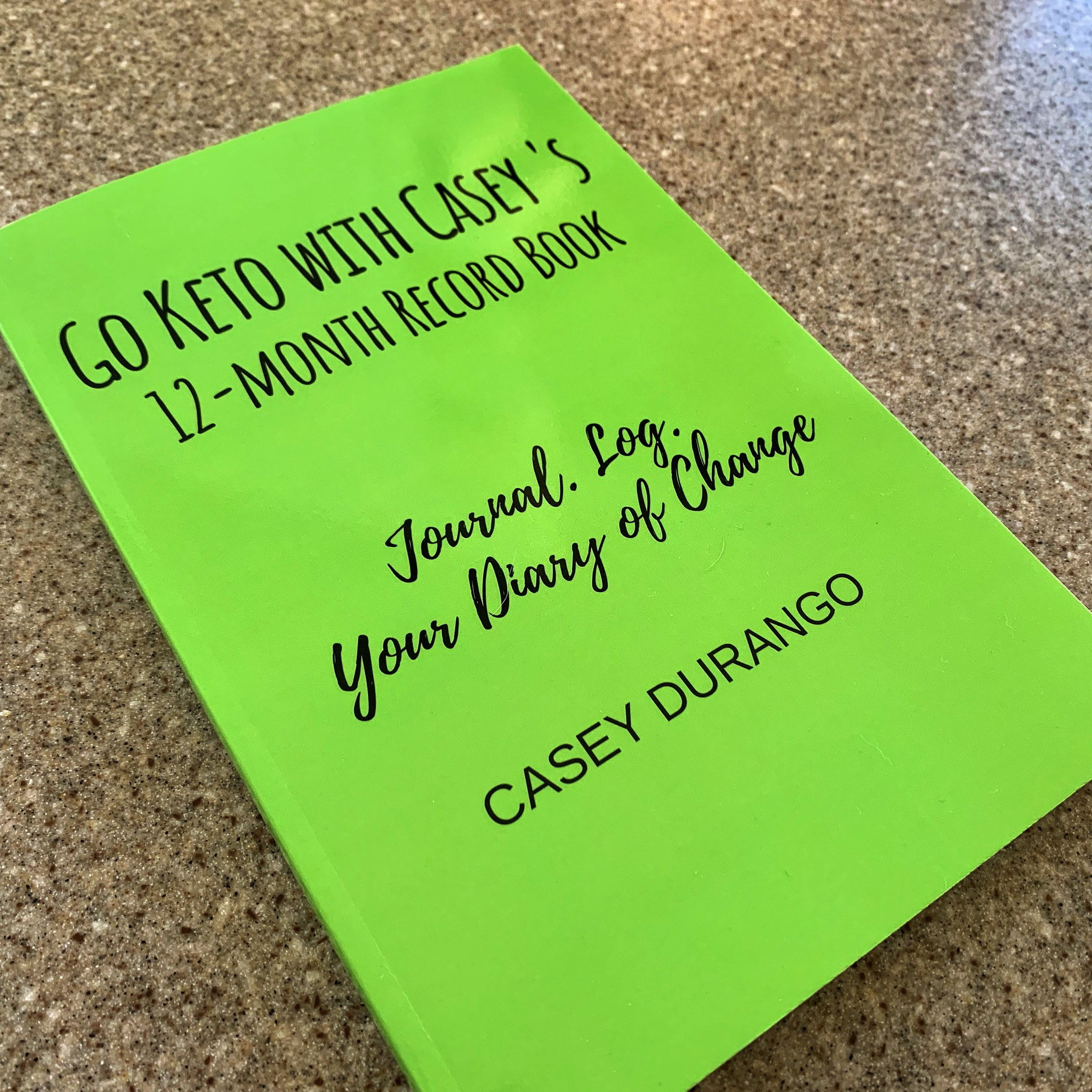The Myth of Magical ‘Macros’
/Weight Loss Fluctuations (1.20.2025 to 1.26.25)
Humans are a weird species. We often take a simple concept or practice and gradually—or quickly—tack on complications. "Crack an egg into a bowl, whisk the contents with a fork, pour contents into a hot skillet" becomes "buy a $30 gadget into which you place an egg, still in its shell, to have it shaken for thirty seconds, then crack into a bowl, pour into hot skillet." Seriously, these things exist. Or how about adding layers of math to the ketogenic protocol? A recommendation to keep carbohydrate intake to twenty grams per day (or fewer), to not eat foods if they're not on Page 4, not to eat if not hungry, and to stop when satiated somehow morphs into calculating percentages of protein (20-25%), fat (70-75%), and carbs (5-10%) and squeeze our food choices into that framework. Abacus, anyone?
BEYOND KETO (with Casey)
This convoluted formula even has a name in social media: 'IIFYM,' which stands for 'If it Fits Your Macros.' Predictably, contorting something simple into something complicated led to people marketing apps and books, coaching, and meal plans to make it simple. Argh.
First, let's review what a macro is. The term is short for 'macronutrient.' Food has three macronutrients: protein, fat, and carbohydrate. All foods humans consume contain all three macronutrients. Plant-based foods are high in carbs and low in protein and fat. Animal-based foods are low in carbohydrates and high in protein and fat.
Look at the shoes in the photo above. They’ve been featured in a previous “Beyond Keto with Casey” section of one of my blog posts. On the surface they are merely a pair of red pumps. But like many things in our lives, there are items, moments, and memories that are more significant to us than might be apparent to others.These sassy patent-leather, peep-toe heels are that for me.
They represent a sea-change in my clothing choices. While wardrobe might be a shallow measure, it’s important to those of us who feel conspicuous wearing bright colors. When I was obese my go-to color palette was subdued. OK, a more accurate word is somber. Gunboat grey, black, and navy were the hues of my trousers, shoes, and handbags. Occasionally I’d screw up my courage and wear a pale blue blouse. But after I lost weight and, more importantly, started feeling better about myself I took cautious leaps at introducing colors that can be found outside the walls of a cave. It took some time and was one piece at a time. There’s a funny anecdote about receiving my first shipment from StitchFix and how the items picked by the stylist scared the crap out of me as I pulled each one of the five pieces from the box. But that’s a story for another day. Suffice to say that the shiny red shoes were like Dorothy’s in The Wizard of Oz. I clicked the heels together and paraphrased the famous words: “There’s no place like self-confidence. There’s no place like self-confidence.” 👠 🌈
Of the three macronutrients, protein generally remains stable. How much protein is best for an individual is dependent of several factors which very person to person. (I've written about protein intake here and here.) So, if one follows a low-fat diet, carbs become a higher percentage of caloric intake. Conversely, a low carbohydrate diet results in a higher percentage of fat.
At first blush, this 'pie chart' portioning of macronutrients seems ripe for managing percentages. It's tempting. But let's resist.
Why? Because following the "if it fits your macros" mindset of eating, paying attention only to the percentages noted above, one could argue that a six-pound ribeye, a pound of chicken with skin, five slices of thick-cut bacon, and half a pound of broccoli, all smothered in cheddar cheese, would be okay because it would 'fit' your macros. It would also mean eating over ten thousand calories. So, while that meal might fit your macros, you won't fit into your jeans much longer.
One of the great benefits of the ketogenic diet is that it's simple. That is also why many people are skeptical. How could something so effective be that straightforward? It requires a leap of faith. It's also helpful to avoid listening to and following influencers (silly word) and self-serving hucksters who take a bit of information and sell products for a nutrition protocol that only requires keeping carbs low. The rest takes care of itself.
No app—or abacus—required.
Disclaimer: I’m not a medical doctor, researcher, or Ph.D., but instead, I’ve been fortunate to have had the time and resources to research the ketogenic diet, also known as LCHF (low carb/high fat). The information I share is based solely on my understanding of that research. We are all responsible for our own choices, including what we put in our mouths, and there’s no substitute for each of us checking things out ourselves. And I’m not a medical professional in any way. Go Keto With Casey is not a medical site. “Duh,” you might say. But best to make it clear to all. I welcome questions, comments, and even civil criticism. I’m still learning. So, if you have something to add, go for it. Links in this post and all others may direct you to affiliate links, where I will receive a small amount of the purchase price of any items you buy through those links. Thanks!








